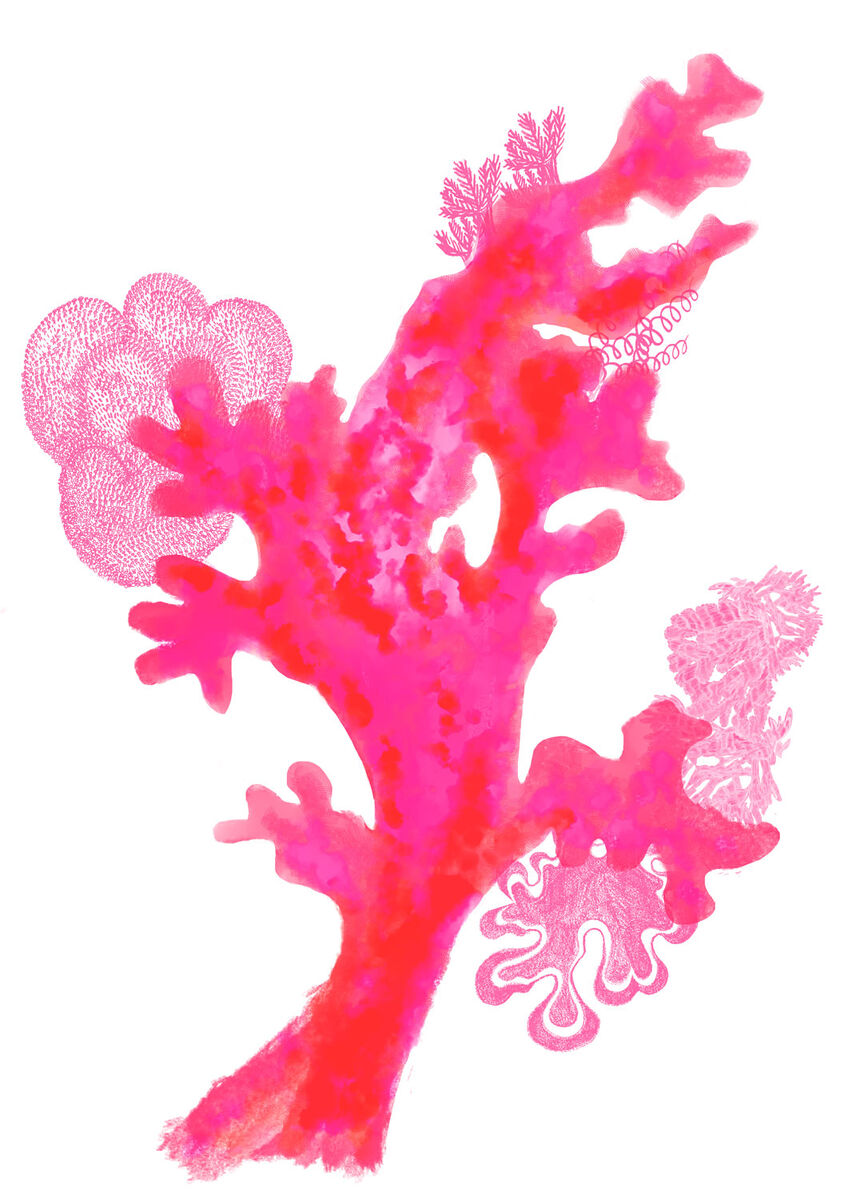Reef Reproduction
Corals are divided into soft and hard corals. While stony corals have a skeleton, soft corals do not. Stony corals are responsible for the genesis of reefs. However, both types are formed by polyps. Their life cycle can begin in several different ways, as they are able to reproduce sexually as well as asexually. One mode of asexual reproduction is fragmentation. If a fragment of coral falls on to a suitable substrate, it can start a new colony there. Parthenogenesis, the development of planula larvae without fertilization by sperm, is another possibility. While some species have separate sexes, many are hermaphroditic and release their eggs and sperm into the surrounding water on a staggered basis to avoid self-fertilization. Fertilized eggs then develop into planula larvae that float in the water until they reach a suitable habitat. From the larvae, polyps develop that filter substances from the sea to build a skeleton of lime. But their development does not stop there; algae, so-called zooxanthellae, settle on the coral as symbionts. They are, in fact, essential partners of the corals for their survival. With the excreted water and oxygen from the polyp, the algae perform photosynthesis and form nutrients. All stages of the reproductive cycle are vulnerable to environmental disturbances, such as pollution or light reduction through sediments.
Sources: Gilmour, J., C. W. Speed, R. Babcock, “Coral reproduction in Western Australia”, PeerJ 4:ei, (2010).
Jones, R., G.F. Ricardo, A.P. Negri, “Effects of sediments on the reproductive cycle of corals, Marine Pollution Bulletin, vol. 100, issue. 1, (2015): 13-33.https://www.sciencedirect.com/science/article/pii/S0025326X15005251
